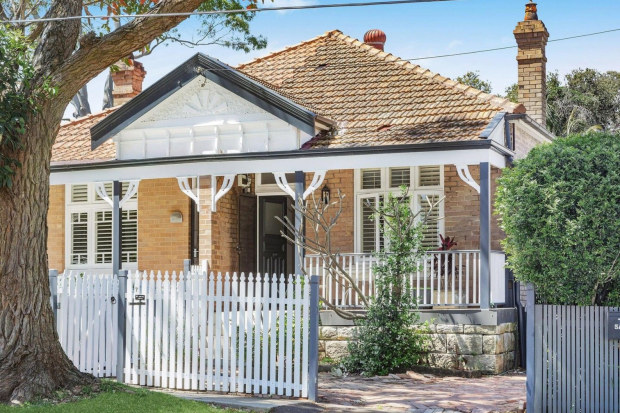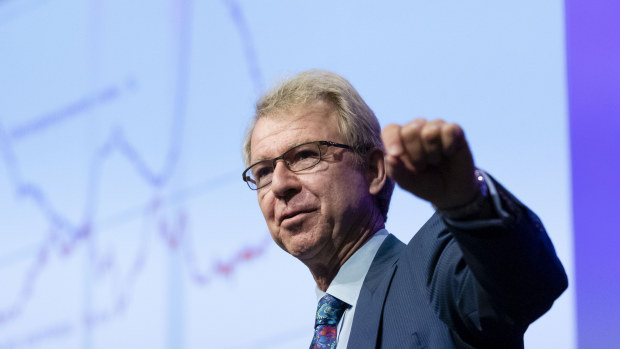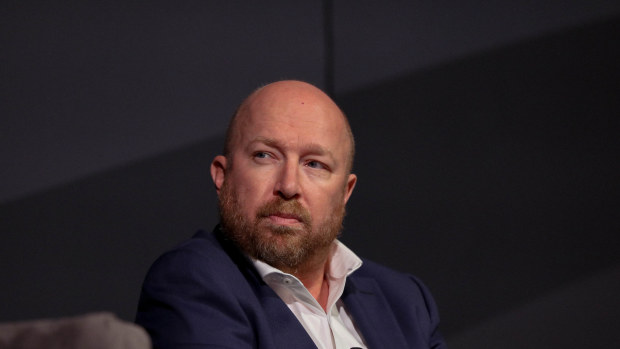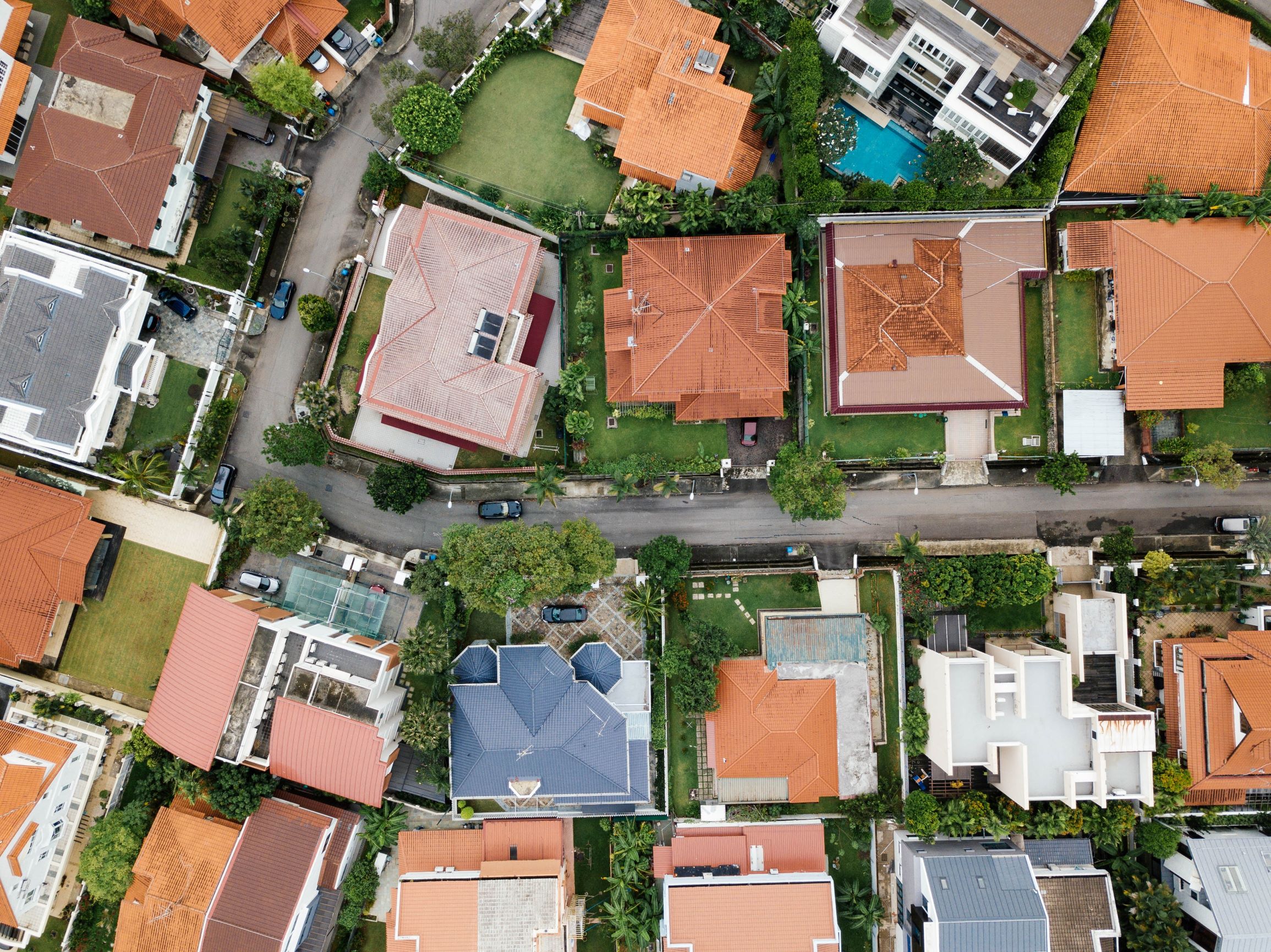Red-hot housing market to cool in 2022: analysts
Larry Schlesinger| Australian Financial Review| 7 January 2022
https://www.afr.com/property/residential/red-hot-housing-market-to-cool-economists-analysts-2022-predictions-20220104-p59lu4
Rising mortgage rates, further macro prudential intervention, affordability constraints, a pick-up in new housing supply and an increase in property listings are expected to significantly cool the red-hot housing market in 2022, before a moderate downturn in 2023, economists and housing market analysts have predicted.
While none of them foresaw the extraordinary 22 per cent boom in national dwelling values recorded by CoreLogic over 2021 – most analysts were overly cautious, predicting single digit gains – economists such as AMP Capital’s Shane Oliver said the risks to forecasts this time round were more on the downside than the upside.

“Interest rates are still low, but fixed mortgage rates, which account for 50 per cent of new loans, are starting to rise,” he told AFR Weekend.
“Those are a lot more important and when they start to increase they have a dampening impact on demand. If the RBA hikes rates in November and December 2022, then prices could start to decline even earlier than expected.
He added: “For so long the housing market has relied on low rates. Each boom has been underpinned by easing monetary policy, which seems to be coming to an end.
Mr Oliver expects house prices to rise 5 per cent in 2022, before falling by up to 10 per cent in 2023.
“The fall in house prices in Melbourne in December could be a sign of things to come.”
As to the impact of the omicron variant on the housing market, Mr Oliver said that remained unclear, though it was likely to reduce buyer confidence, dampen listings and reduce transaction activity.

“The main risks to our forecasts are on the downside and could come from another big coronavirus setback to the economy or, alternatively, faster mortgage rate hikes, which is the biggest risk.
“The main risk on the upside would be a rapid surge in immigration post the federal election to make up for lost immigrants over the last two years, although this is likely to show up initially in higher rents and then higher prices with a lag.”
While Mr Oliver was well off the mark when he predicted just a 5 per cent rise in house prices in 2021, so too were many others.
ANZ’s head of Australian economics, David Plank, expected house prices to rise by close to 10 per cent in 2021. Tim Lawless, CoreLogic’s national research director, tipped gains of 7-10 per cent in 2021 and UBS Economics tipped 5-10 per cent growth.
Asked why, like so many others, he got his forecast wrong in 2021, Mr Oliver said a key factor was underestimating the role record low interest rates would play in fuelling demand.
“Also, we did not expect that the rotation in spending from services into goods would go on for so long, and that people would spend more on their homes and go and buy holiday homes,” Oliver said.
Veteran housing market analyst Louis Christopher, founder of SQM Research, was more bullish than some last year. He forecast average capital city house prices to rise between 5 and 9 per cent in 2021, led by Perth (8 to 12 per cent), Sydney (7-11 per cent) and Adelaide (6-10 per cent).
”Overall, we are giving ourselves a six out of 10 for the year,” Mr Christopher told AFR Weekend.
Asked why so many forecasters had missed the oncoming boom, Mr Christopher put it down, partly, to “so much uncertainty” at the start of 2021.
“We had the [Sydney] northern beaches lockdown, there was no vaccine released as yet, and the federal government was insistent that financial support would be reduced.
“So it’s hard to be extremely bullish in such an uncertain environment,” Mr Christopher said.

Border closures also made Mr Christopher cautious, given they mean very slow population growth and in theory less demand for housing amid forecasts that 170,000 new homes would be completed in 2021.
What was unexpected though was the extent to which people chose to spend their surplus disposable income on property.
“You couldn’t go on holiday, but you could buy a property.
“And perhaps we have all underestimated that property can be a ‘go to’ asset of choice in times of uncertainty,” Christopher said.
This year, Mr Christopher anticipates gains of up to 5 per cent under SQM’s base case modelling, and believes APRA will intervene in the market this year, as it did in October when it increased the interest rate buffer, to ensure an orderly slowdown.
“If the market takes off again in 2022 – a real possibility – then APRA will take additional action until they get the slowdown they want.
“One thing we know is APRA has been very clear that it wishes to reduce ‘risks’ in the market,” he said.
“As such, it is possible that a third [macro prudential] move or even a fourth move could also happen, especially if the RBA does not lift rates,” Mr Christopher wrote in SQM’s Boom and Bust Report 2022.
The cities most affected would include Sydney and Melbourne, he said, “as these are the cities where prices to incomes are most stretched”.
“We expect a [house price] correction in regional townships regardless of any APRA action,” Christopher added.
ANZ economists Felicity Emmett & Adelaide Timbrell expect modest gains in 2022 and then a fall of about 6 per cent in 2023.
“The 20 per cent-plus gains in house prices over the past year won’t be repeated in 2022,” they said.
“Affordability constraints are biting, new listings have lifted strongly, and macro prudential tightening and higher mortgage rates are set to constrain lending over the coming year,” the pair said.
HSBC chief economist Paul Bloxham, who had one of the most bearish forecasts at the start of 2021 (tipping growth of zero to 4 per cent) is one of the more bullish this time round.
He expects house prices to rise between 5-9 per cent in 2022 and then stay in positive territory in 2023, rising between 1-4 per cent.
“Our forecast has the RBA on hold at 0.1 per cent over 2022, offering some continued support to the housing market. At the same time, some fixed rate mortgage rates are likely to start increasing regardless.
“Overall, the combination of continued housing supply and limited population growth should see less upwards pressure on housing prices,” Mr Bloxham said.
The Commonwealth Bank’s head of Australian economics, Gareth Aird, expects house prices to rise a further 7 per cent in 2022, followed by an orderly correction in dwelling prices of 10 per cent in 2023.
“A gradual and shallow RBA tightening cycle, that takes the cash rate to 1.25 per cent by the third quarter of 2023, lies at the heart of our expectation that home prices will contract over 2023,” Aird said.


 Origin Finance is a
Origin Finance is a
Leave a Reply
Want to join the discussion?Feel free to contribute!